Tomás Saraceno’s spider-led show at Serpentine has legs, and lots of them
‘Web(s) of Life’, the first major UK show by Tomás Saraceno, is a living, collaborative and multi-species call to climate action involving everything from dog-friendly sculptures to ‘spider diviners’ – but no phones allowed
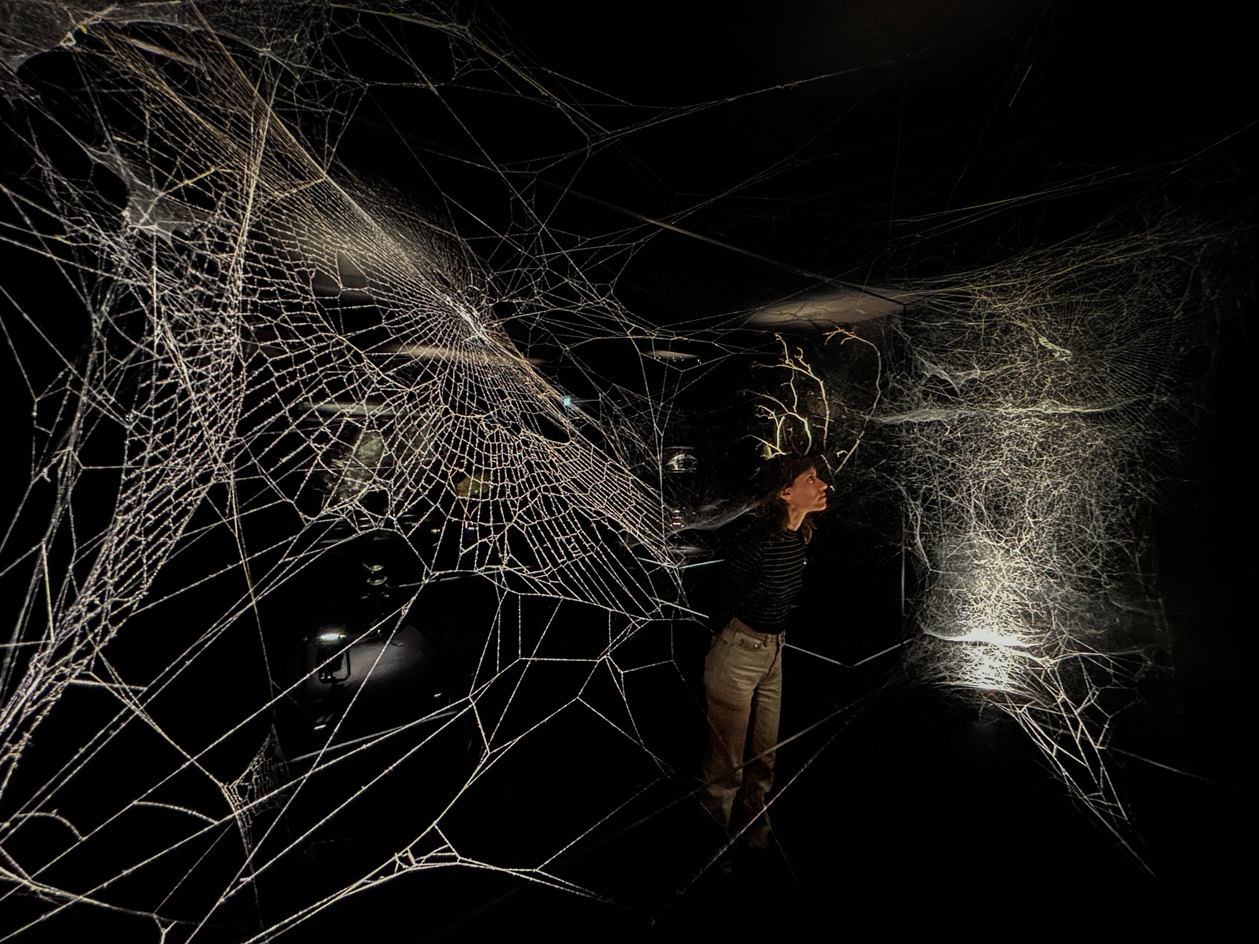
There were a lot of dogs galloping buoyantly around the Serpentine South gallery this morning (31 May 2023). This, to an extent, is expected, given that the gallery sits in the middle of central London’s largest park. But something else has got their – and our – attention; new sculptures from Argentine artist Tomás Saraceno’s Cloud Cities series, which populate the park, the rooftop and the façade of the gallery. It forms part of 'Tomás Saraceno In Collaboration: Web(s) of Life’, the artist’s first major UK exhibition, which involves a full-scale transformation of Serpentine South gallery, inside and out.
Offering space for interspecies encounters and co-habitation, in this ‘living organism’, dogs, birds, ducks and insects – and particularly spiders – are welcomed, and honoured. ‘I was very happy yesterday because when you [first] build something, the dogs don’t come, the squirrels don’t come, then finally some birds have shit on the sculpture! The first success!’ Saraceno exclaimed in his opening speech.

Cloud Cities: Species of Spaces and Other Pieces*, 2023. Installation view at Tomás Saraceno In Collaboration: Web(s) of Life, Serpentine, London, 2023
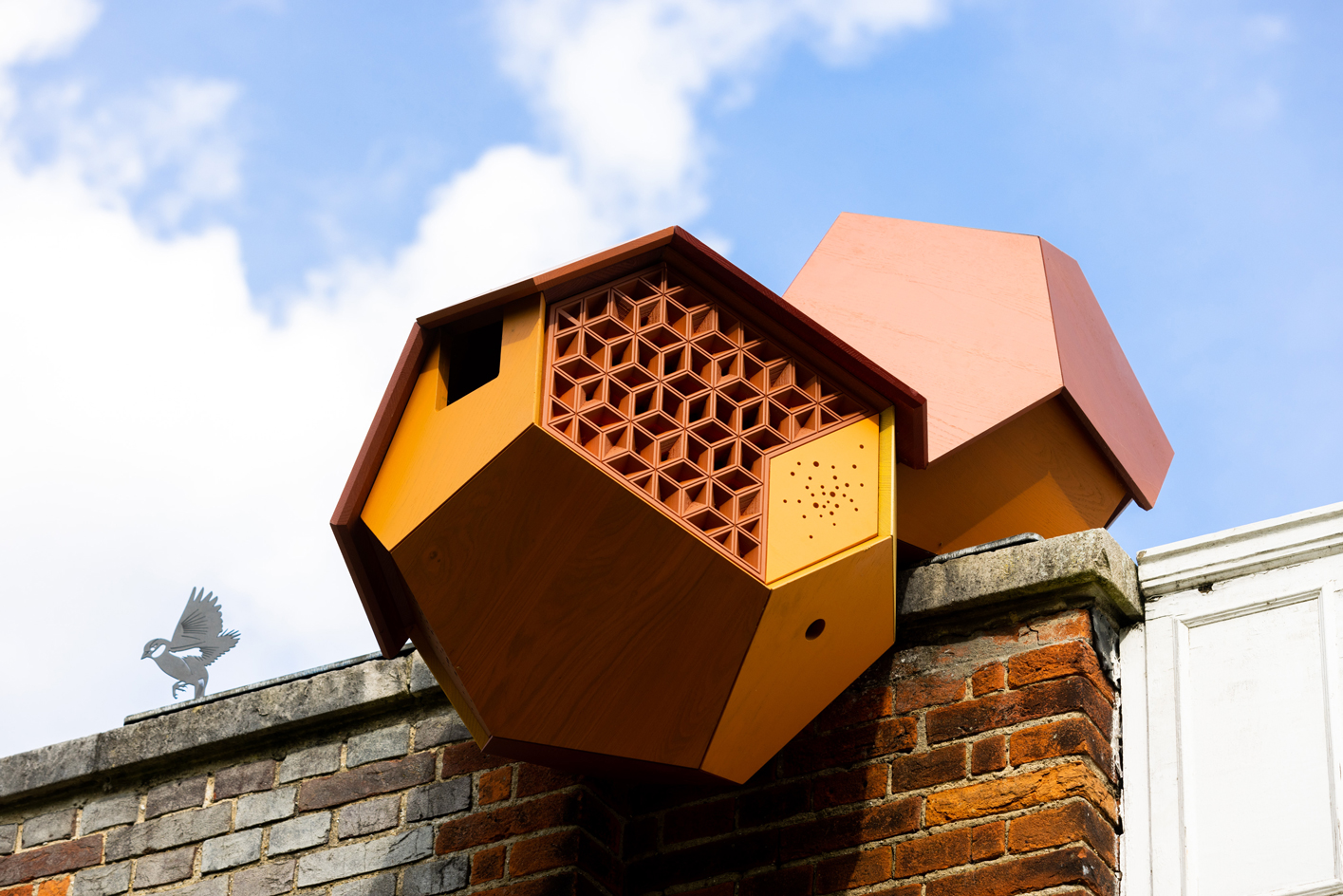
Cloud Cities: Species of Spaces and Other Pieces*, 2023. Installation view at Tomás Saraceno In Collaboration: Web(s) of Life, Serpentine, London, 2023
The show is an ecosystem of different life forms, where technologies and energy systems interlink in a cacophonous demonstration for the climate emergency. The show is also locked into Serpentine’s power supply, an intervention the artist refers to as the ‘Ballad of Weather Dependency’. Energy for the exhibition is generated by, and dependent on, solar panels newly installed on Serpentine’s roof; artworks on display will adapt to the weather, and therefore how much energy is generated. ‘We know that art is not about quantification but somehow we have to be responsible also,’ says Saraceno at the press view.
Inside, visitors are welcomed into a dark room where a wood-panelled desk encasing literature about lithium extraction (for a film in the exhibition, Saraceno collaborated with communities of the Salinas Grandes and Laguna de Guayatayoc basin in Jujuy, Argentina, who are fighting to protect their lands against lithium extraction, driven largely by demand for batteries, which is polluting and diminishing one of the ecology’s scarcest and most critical resources: water). Fittingly, visitors are asked to surrender their lithium-battery phones before advancing through Saraceno’s show. The rest we absorb, wholly, with our actual senses, unpolluted by photo opportunities and incessant buzzing.

The birds will keep calling you, 2023. Installation view at Tomás Saraceno In Collaboration: Web(s) of Life, Serpentine, London, 2023
The rest involves mostly spiders, Saraceno’s creative, spiritual and ecological muses. A film focuses on the spider diviners of Somié, Cameroon, and their intergenerational ŋgam dùin, a practice in which ground-dwelling spiders are asked a series of binary questions. Their responses are interpreted via the rearrangement of a set of cards placed at the entrance to its burrow. Throughout the course of the exhibition, local diviner Bollo Pierre ‘Tadios’ invites visitors to ask the spider a question via their web portal titled Nggamdu.org.
Then we’re greeted by a series of impossibly intricate architectural spider webs in glass boxes, glowing in the spotlights like silken constellations. For these, Saraceno collaborated with multiple spider species in his Berlin studio-cum-labatory. In this installation, and another, which sees a disused church confessional booth, traditionally found in churches, become a ‘space for communing with the vibrations of a spider’, we are asked to consult the spiders on the future of life itself and move away from arachnophobia (a fear of spiders) to arachnophilia (a love of spiders).

World(ing)WideWeb(s).Life, 2023. Installation view at Tomás Saraceno In Collaboration: Web(s) of Life, Serpentine, London, 2023
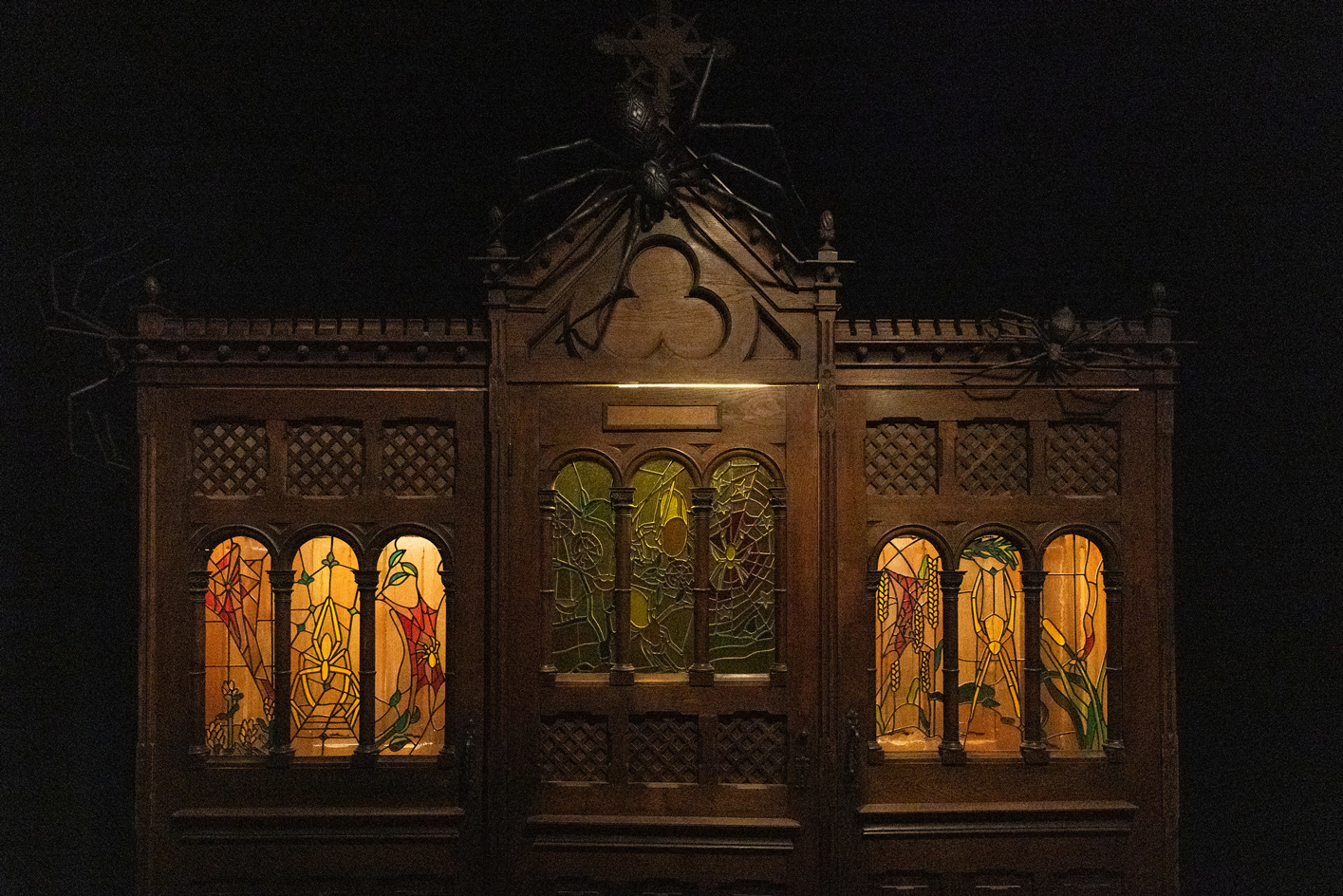
ArachnoAnacróArcano, 2023. Installation view at Tomás Saraceno In Collaboration: Web(s) of Life, Serpentine, London, 2023
Saraceno’s Fly with Pacha, Into the Aerocene (2020-23) documents another well-known facet of the artist’s work: flight, its problems, and potential solutions. The film installation documents the artistic performance and flight of an aerosolar balloon sculpture over the salt flats in Argentina’s Salinas Grandes, marking the first ever fossil-free human flight devoid of batteries, helium, hydrogen or lithium. It was hailed as the most sustainable flight in human history by the Fédération Aéronautique Internationale (FAI), setting 32 world records.
Receive our daily digest of inspiration, escapism and design stories from around the world direct to your inbox.
This was made possible through extensive, collaborative research carried out by the Aerocene Foundation (which Saraceno and others formed to devise new infrastructures of ethical mobility) and the indigenous communities of the Salinas Grandes and Laguna de Guayatayoc basin in Jujuy who are fighting for the preservation of land and water which is threatened by the mining of lithium.
As is customary with Tomás Saraceno, there’s a lot to unpack, but the exhibition’s success is in its lack of conventionalism; from the welcoming of dogs to the unwelcoming of phones – the show has legs, and lots of them.

Fly with Pacha, Into the Aerocene, 2017. Installation view at Tomás Saraceno In Collaboration: Web(s) of Life, Serpentine, London, 2023
'Tomás Saraceno In Collaboration: Web(s) of Life’ is on view 1 June - 10 September 2023 at Serpentine South Gallery. serpentinegalleries.org
Harriet Lloyd-Smith was the Arts Editor of Wallpaper*, responsible for the art pages across digital and print, including profiles, exhibition reviews, and contemporary art collaborations. She started at Wallpaper* in 2017 and has written for leading contemporary art publications, auction houses and arts charities, and lectured on review writing and art journalism. When she’s not writing about art, she’s making her own.
-
 High in the Giant Mountains, this new chalet by edit! architects is perfect for snowy sojourns
High in the Giant Mountains, this new chalet by edit! architects is perfect for snowy sojournsIn the Czech Republic, Na Kukačkách is an elegant upgrade of the region's traditional chalet typology
-
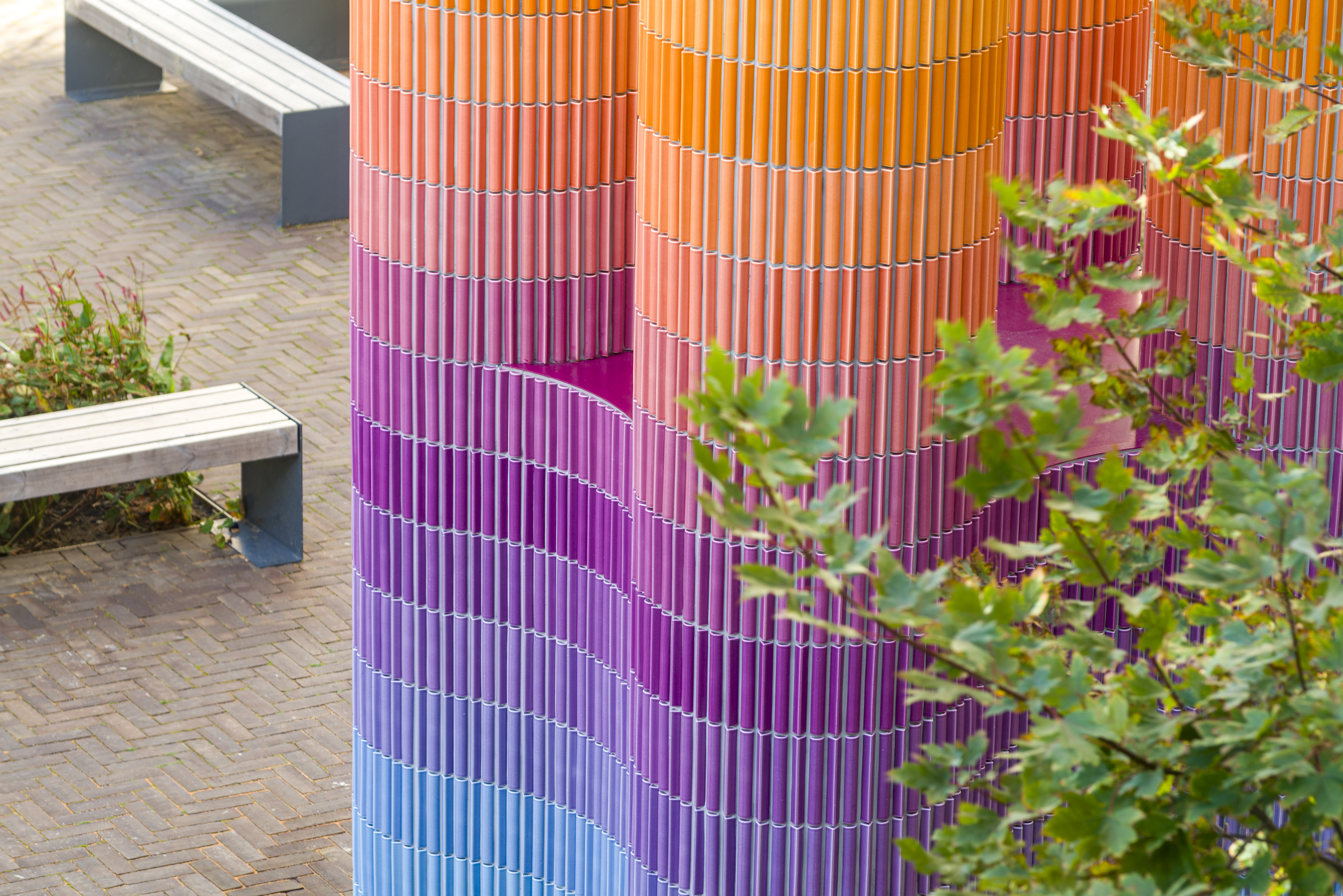 'It offers us an escape, a route out of our own heads' – Adam Nathaniel Furman on public art
'It offers us an escape, a route out of our own heads' – Adam Nathaniel Furman on public artWe talk to Adam Nathaniel Furman on art in the public realm – and the important role of vibrancy, colour and the power of permanence in our urban environment
-
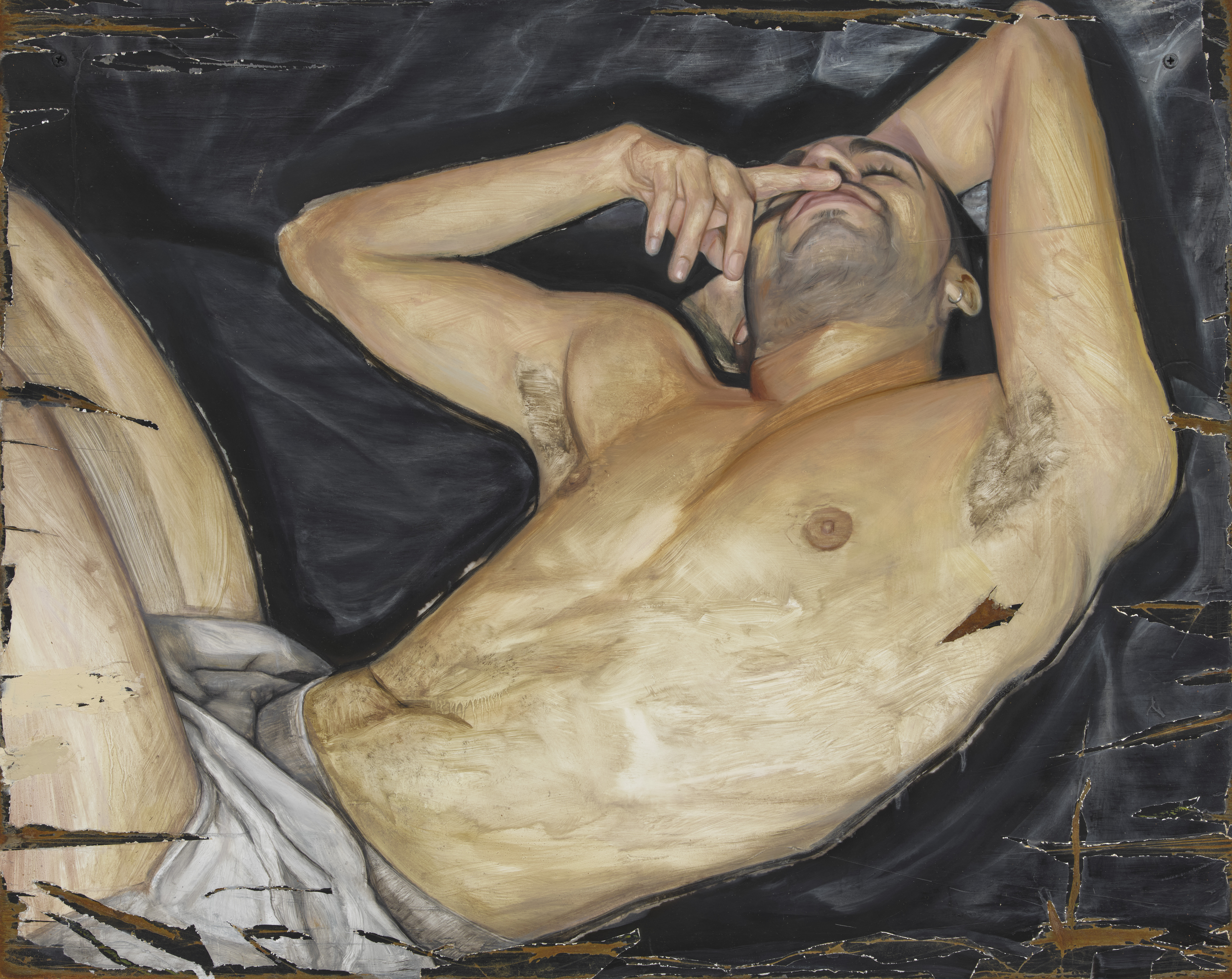 'I have always been interested in debasement as purification': Sam Lipp dissects the body in London
'I have always been interested in debasement as purification': Sam Lipp dissects the body in LondonSam Lipp rethinks traditional portraiture in 'Base', a new show at Soft Opening gallery, London
-
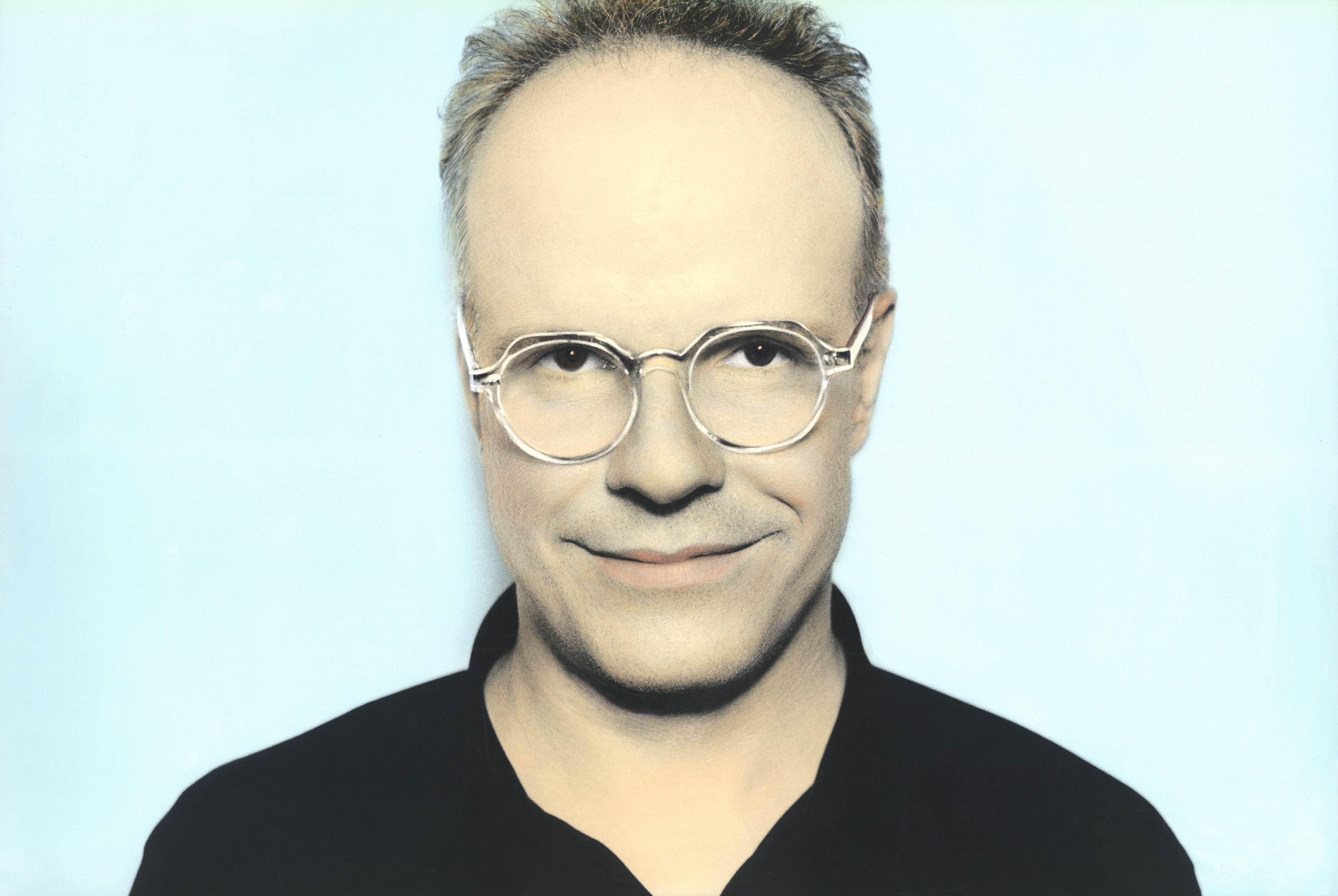 A life’s work: Hans Ulrich Obrist on art, meaning and being driven
A life’s work: Hans Ulrich Obrist on art, meaning and being drivenAs the curator, critic and artistic director of Serpentine Galleries publishes his memoir, ‘Life in Progress’, he tells us what gets him out of bed in the morning
-
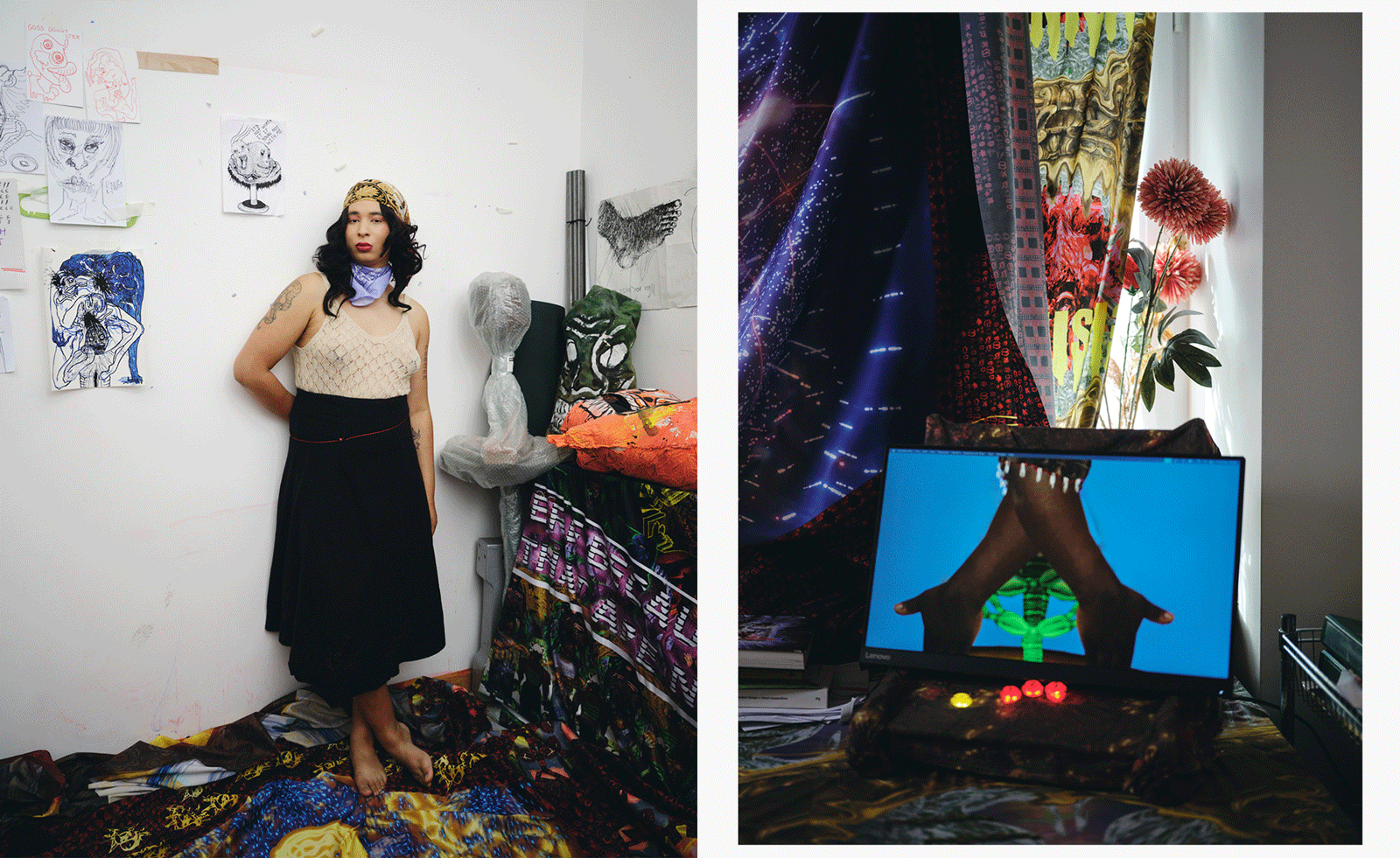 Danielle Brathwaite-Shirley’s multiplayer experience at London’s Serpentine invites visitors to connect in the real world
Danielle Brathwaite-Shirley’s multiplayer experience at London’s Serpentine invites visitors to connect in the real worldDanielle Brathwaite-Shirley rethinks a typical art gallery visit with a new exhibition at Serpentine which encourages viewers to get off the screen
-
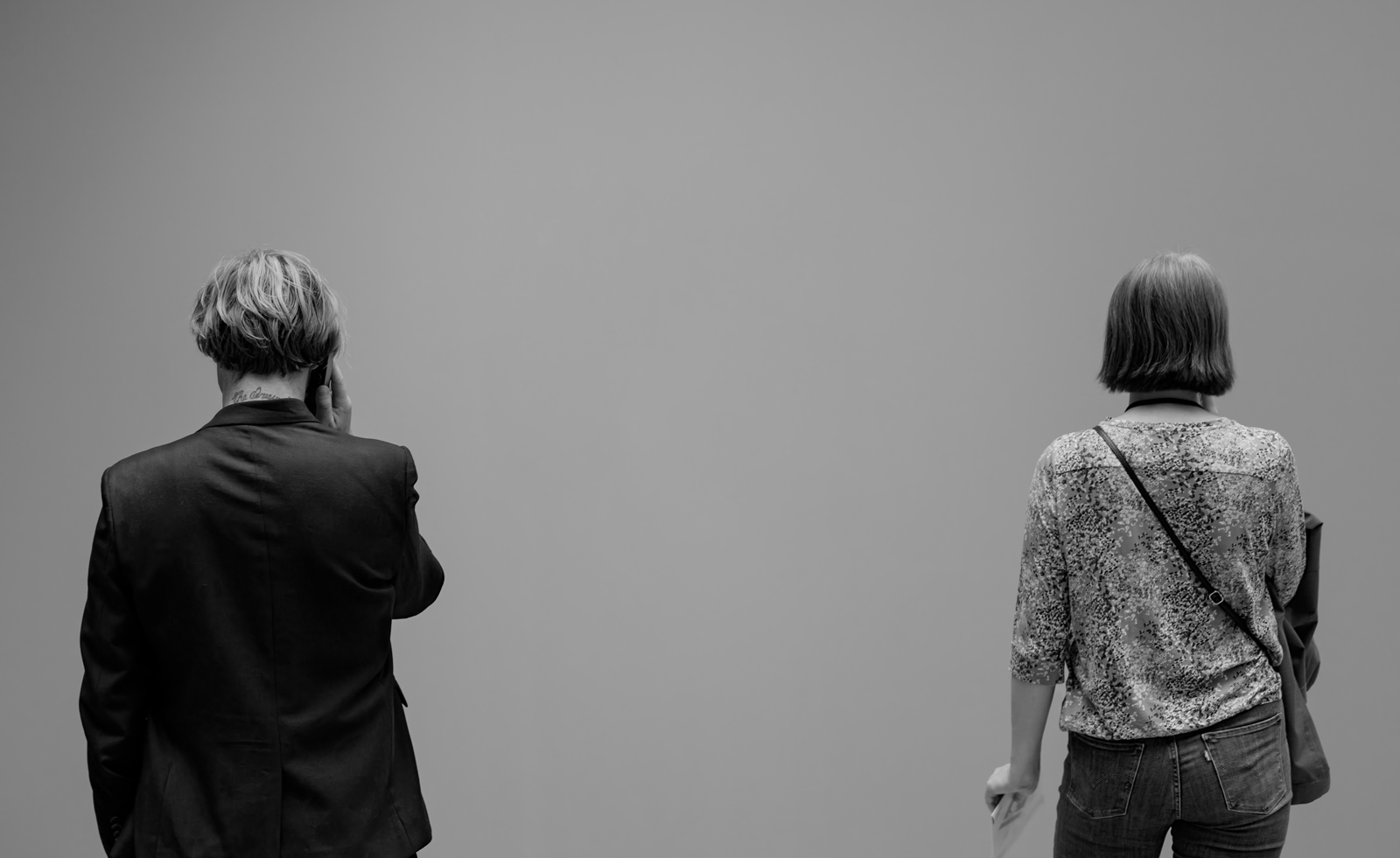 Looking at people looking at art: inside the mind of a gallery attendant
Looking at people looking at art: inside the mind of a gallery attendantVisitor experience workers at London’s Tate Modern, Serpentine, Barbican and V&A share what it’s like to watch people looking at art during a time of changing attention spans and rising vandalism
-
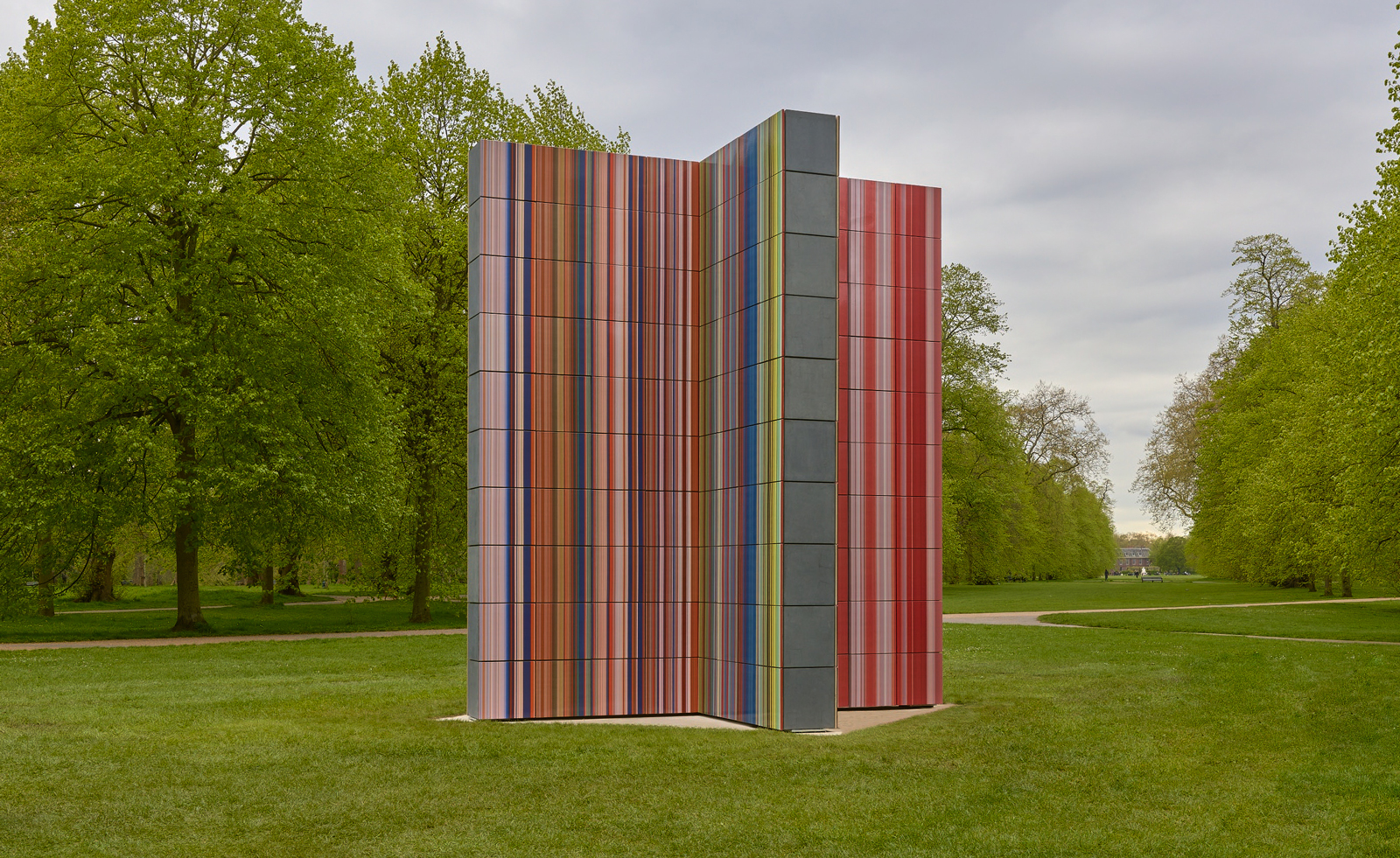 Gerhard Richter unveils new sculpture at Serpentine South
Gerhard Richter unveils new sculpture at Serpentine SouthGerhard Richter revisits themes of pattern and repetition in ‘Strip-Tower’ at London’s Serpentine South
-
 Steve McQueen to screen his harrowing film 'Grenfell' at London’s Serpentine
Steve McQueen to screen his harrowing film 'Grenfell' at London’s SerpentineAcclaimed film director and artist Steve McQueen will screen his film, Grenfell, at London’s Serpentine South gallery (7 April-10 May 2023), six years after the Grenfell Tower block blaze killed 72
-
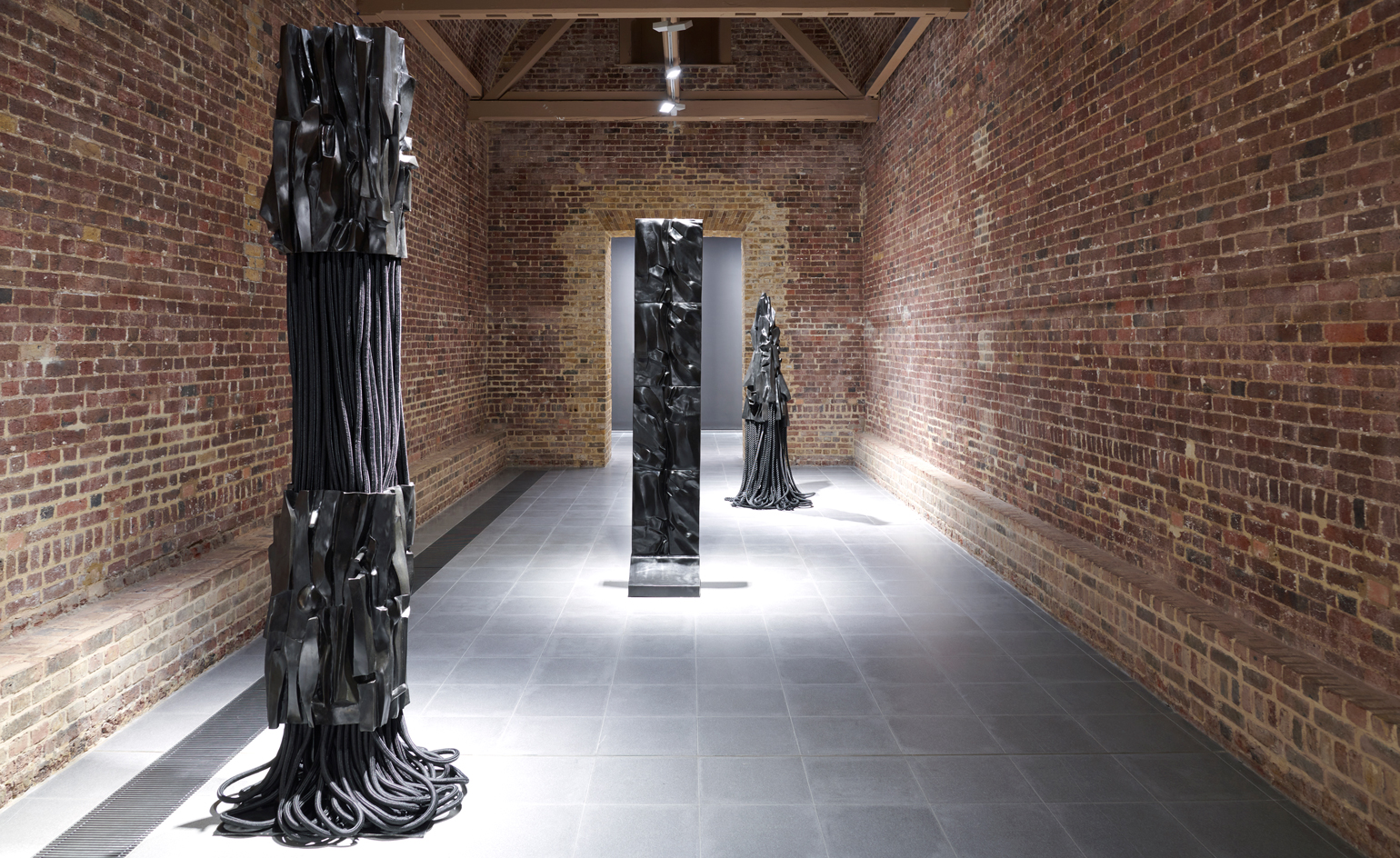 Barbara Chase-Riboud at Serpentine: alternative monuments, parallel histories
Barbara Chase-Riboud at Serpentine: alternative monuments, parallel histories‘Infinite Folds’ at Serpentine North Gallery celebrates Barbara Chase-Riboud, the American artist, novelist and poet who has spent more than seven decades pondering history, memory, and the public monument
-
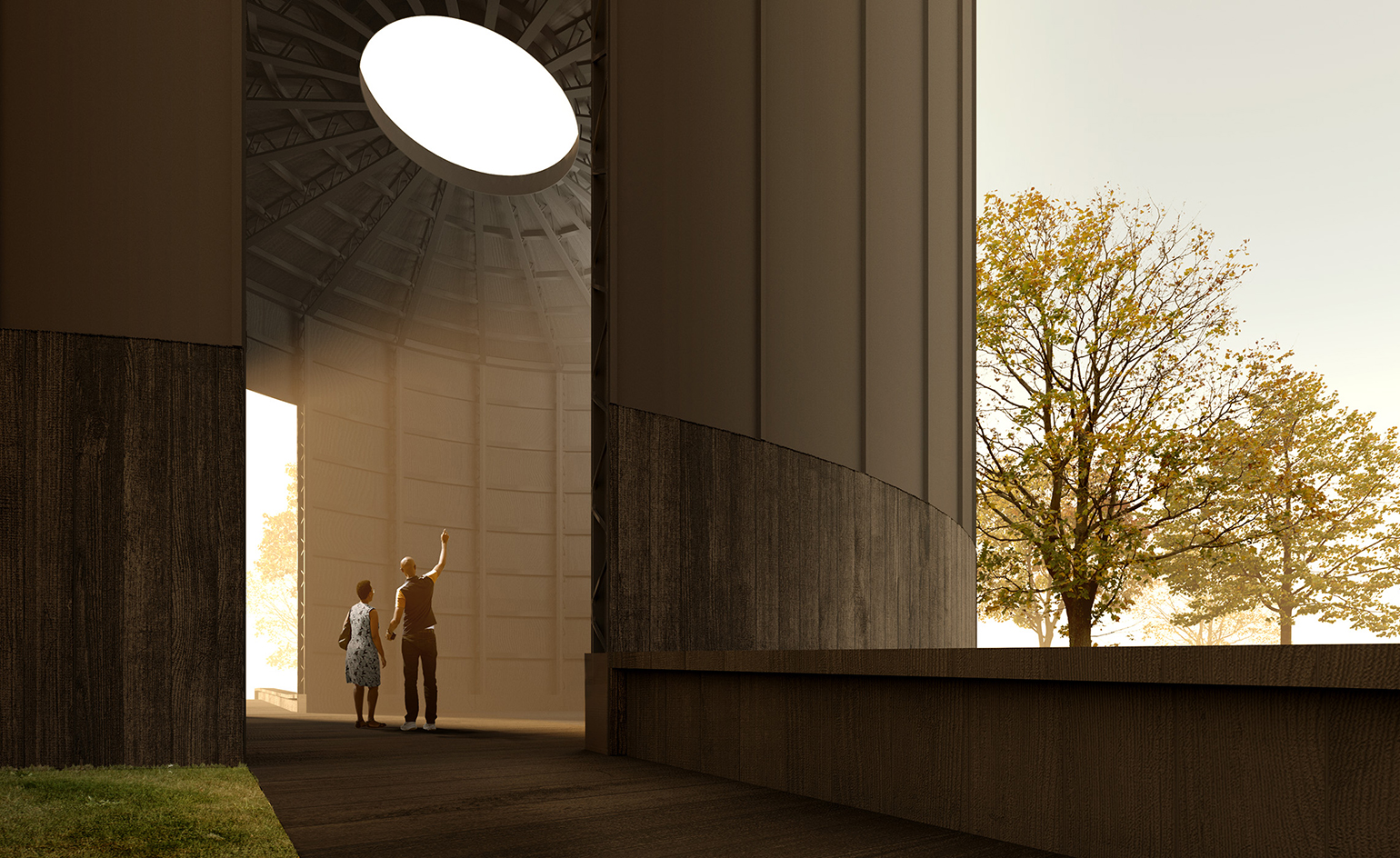 Theaster Gates’ design for Serpentine Pavilion 2022 revealed
Theaster Gates’ design for Serpentine Pavilion 2022 revealedThe American artist and urban planner reveals his plans for the Serpentine Pavilion 2022. Black Chapel has spirituality, music and community at its heart
-
Tom Hingston on designing for Serpentine Galleries, the V&A, and Wallpaper*
London-based art director and graphic designer Tom Hingston discusses his visual identities for Serpentine Galleries
